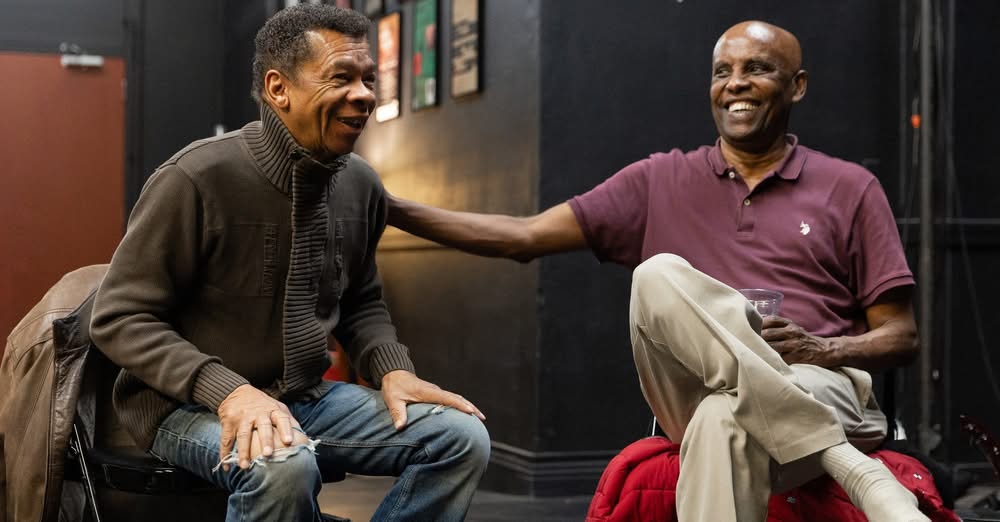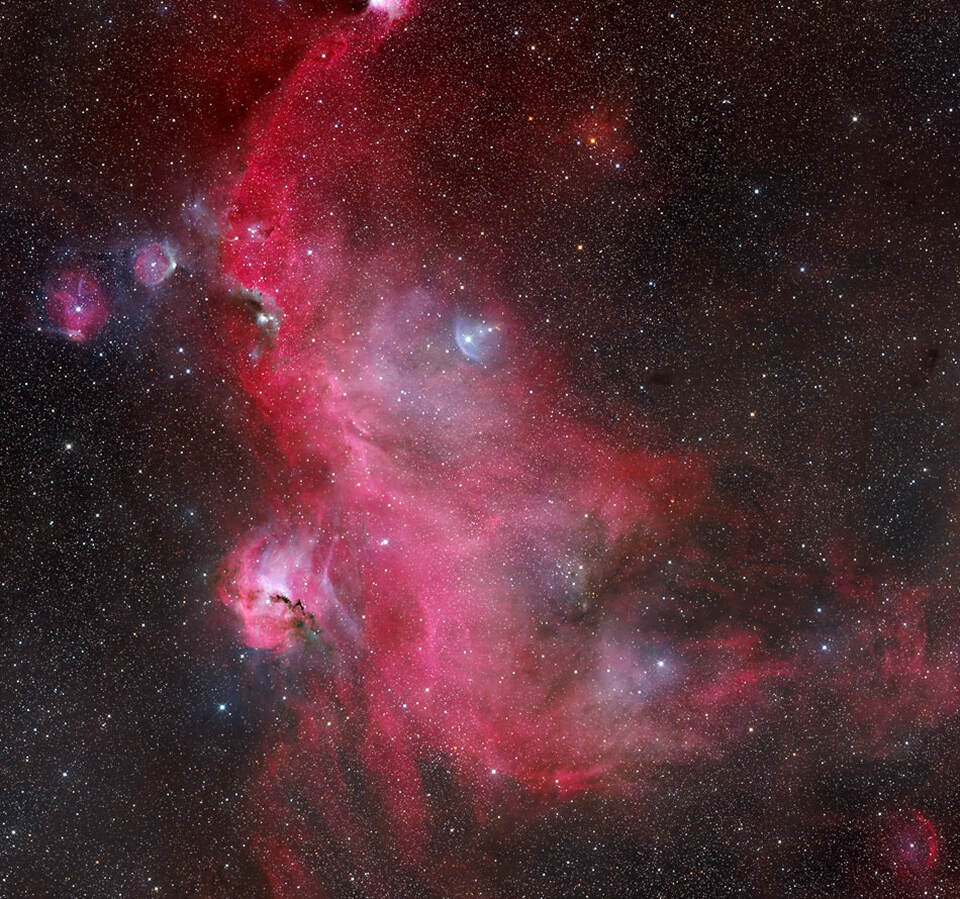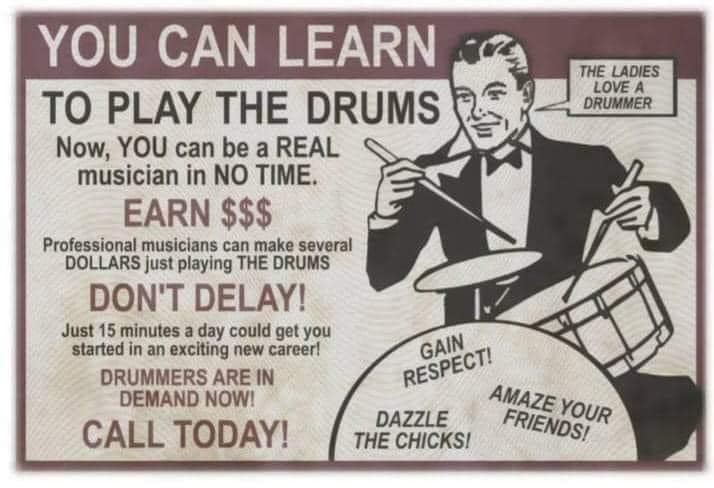Blog
Beverly “Guitar” Watkins (April 6, 1939 – October 1, 2019 Atlanta) was an American blues guitarist. Sandra Pointer-Jones wrote, “Beverly Watkins is a pyrotechnic guitar maven whose searing, ballistic attacks on the guitar have become allegorical tales within the blues community.” George Varga, reviewing her debut CD, observed that Watkins “sings and plays with enough poise and verve to make musicians half her age or younger consider alternative means of employment.”
more...Randolph Edward “Randy” Weston (April 6, 1926 – September 1, 2018 NY) was an American jazz pianist and composer whose creativity was inspired by his ancestral African connection.
Weston’s piano style owed much to Duke Ellington and Thelonious Monk, whom he cited in a 2018 video as among pianists he counted as influences, as well as Count Basie, Nat King Cole and Earl Hines. Beginning in the 1950s, Weston worked often with trombonist and arranger Melba Liston.
Described as “America’s African Musical Ambassador”, Weston once said: “What I do I do because it’s about teaching and informing everyone about our most natural cultural phenomenon. It’s really about Africa and her music.”
more...John Paul Pizzarelli Jr. (born April 6, 1960) is an American jazz guitarist and vocalist. He has recorded over twenty solo albums and has appeared on more than forty albums by other recording artists, including Paul McCartney, James Taylor, Rosemary Clooney; his father, jazz guitarist Bucky Pizzarelli; and his wife, singer Jessica Molaskey.
more...Charlie Rouse (April 6, 1924 – November 30, 1988 D.C.) was an American hard bop tenor saxophonist and flautist. His career is marked by his collaboration with Thelonious Monk, which lasted for more than ten years.
more...Arthur S. Taylor Jr. (April 6, 1929 – February 6, 1995 NY) was an American jazz drummer, who “helped define the sound of modern jazz drumming”. As a teenager, Taylor first decided that he wanted to become a musician after hearing Sid Catlett play at a jam session at the current site of the Lincoln Center. He joined a local Harlem band that featured Sonny Rollins, Jackie McLean and Kenny Drew. After playing in the bands of Howard McGhee (1948), Coleman Hawkins (1950–51), Buddy DeFranco (1952), Bud Powell (1953–58; 1961; 1964), George Wallington and Art Farmer (1954), Wallington again (1954–55), Gigi Gryce and Donald Byrd (1956), he formed his own group, Taylor’s Wailers. Between 1957 and 1963, he toured with Donald Byrd, recorded with Miles Davis, Gene Ammons and John Coltrane, and performed with Thelonious Monk; Taylor also was a member of the original Kenny Dorham Quartet of 1957.
more...
Performing with Somali Blues this Sunday April 6th 7pm at “Meet You at the Crossroads.” The concert is co-produced by the University of St. Thomas’ Jay Phillips Center for Interreligious Studies and the Cultural Fluency Initiative. In the Schoenecker Science Center Performance Hall.
In a Minneapolis rehearsal room, a group of Somali musicians gathers in a circle, playing music rooted in the cafés of Mogadishu. The sound is emotional, rhythmic and steeped in memory. It’s called “Somali blues.”
“The lyrics are just showing you what it means,” says Ahmed Ismail Yusuf, the group’s leader. The style is similar to what you might have heard in Somalia before the civil war.
“It is this lugubrious, lamentation [of] love not returned.”
Yusuf and the small outfit — called Araa — are rehearsing for an upcoming concert, “Meet You at the Crossroads.” The concert is co-produced by the University of St. Thomas’ Jay Phillips Center for Interreligious Studies and the Cultural Fluency Initiative.
“This is really about the life of the city. There are more cultural groups in the Twin Cities than ever,” said David Jordan Harris, who works with the Jay Phillips Center and curated the concert. “Yet, do we know each other? How do we learn about each other? And you know, no better method than our musical traditions.”
“Meet You at the Crossroads” will bring together Somali blues and songs inspired by Black gospel music. The idea came from a previous experiment Harris developed with Beck Lee, who runs the Cultural Fluency Initiative.
“We did sort of a proof of concept concert salon a little while ago where we where we juxtaposed Sephardic music and Somali music,” Lee said. “It was just interesting to be able to experience those two musical cultures and juxtaposition and talk about it.”
This time, Lee and Harris invited Yusuf to lead the Somali music, and JD Steele to bring the Black soul repertoire.

Adolph Stanley Levey known professionally as Stan Levey (April 5, 1926 – April 19, 2005) was an American jazz drummer. He was known for working with Charlie Parkerand Dizzy Gillespie in the early development of bebop during the 1940s, and in the next decade had a stint with bandleader Stan Kenton. Levey retired from music in the 1970s to work as a photographer.
more...Harold Allan Clarke (born 5 April 1942) is an English rock singer, who was one of the founding members and the original lead singer of the Hollies. He achieved international hit singles with the group and is credited as co-writer on several of their best-known songs, including “On a Carousel“, “Carrie Anne“, “Jennifer Eccles” and “Long Cool Woman in a Black Dress“. He retired from performing in 1999, but returned to the music industry in 2019. Clarke was inducted into the Rock and Roll Hall of Fame in 2010.
more...IC 2177 is a region of nebulosity that lies along the border between the constellations Monoceros and Canis Major. It is a roughly circular H II regioncentered on the Be star HD 53367. This nebula was discovered by Welsh amateur astronomer Isaac Roberts and was described by him as “pretty bright, extremely large, irregularly round, very diffuse.”
The name Seagull Nebula is sometimes applied by amateur astronomers to this emission region, although it more properly includes the neighboring regions of star clusters, dust clouds and reflection nebulae. This latter region includes the open clusters NGC 2335 and NGC 2343. IC 2177 is also known as the Seagull’s Head, due to its larger presence in the Seagull nebula. 3177 ly

Nabil Marshall Totah, 5 April 1930, Ramallah, Jordan. As a child, ‘Nobby’ Totah played violin and piano. Relocating to the USA in 1944, he studied political science before deciding on a career in music.
Taking up the bass in 1953, just as he engaged in military service, he played in army bands and then with Hampton Hawes and Toshiko Akiyoshi. These engagements occurred while he was in Japan and on his return to the USA the following year, he played briefly with Charlie ‘Bird’ Parker and then began long intermittent spells in small groups led by with Gene Krupa and by Johnny Smith.
Also during the 50s, Totah played with a wide range of artists including Eddie Costa, Tal Farlow, Bobby Jaspar, Herbie Mann, Zoot Sims, George Wallington and Phil Woods. During the next decade, he worked in bands led by Benny Goodman, Bobby Hackett, Max Kaminsky, Lee Konitz and Hazel Scott. Concurrent with these activities, Totah also led his own small groups using as sidemen a distinguished array of musicians, including Pepper Adams and Horace Parlan. A solid and reliable accompanist, Totah has always subordinated his role to the needs of the musicians he supports and has accordingly built a very high reputation within the jazz fraternity.
more...Billy Bland (April 5, 1932 – March 22, 2017) was an American R&B singer and songwriter. Bland, the youngest of 19 children, first sang professionally in 1947 in New York City, and sang with a group called The Bees in the 1950s on New Orleans‘s Imperial Records. In 1954, “Toy Bell” by the group caused some unrest by veering into the dirty blues genre. Dave Bartholomew brought them to New Orleans, where they recorded a song he had written and recorded twice before: firstly in 1952 for King Records as “My Ding-a-Ling“, and later that year for Imperial as “Little Girl Sing Ting-A-Ling”. Bland later pursued a solo career.
more...Stanley William Turrentine (April 5, 1934 – September 12, 2000 Pittsburgh) was an American jazz tenor saxophonist and record producer. He began his career playing R&B for Earl Bostic and later soul jazz recording for the Blue Note label from 1960, touching on jazz fusion during a stint on CTI in the 1970s. He was described by critic Steve Huey as “renowned for his distinctively thick, rippling tone [and] earthy grounding in the blues.”In the 1960s Turrentine was married to organist Shirley Scott, with whom he frequently recorded, and he was the younger brother of trumpeter Tommy Turrentine, with whom he also recorded.
more...More Posts
- Skip James Day
- World Music with Alekos K. Vretos
- Daily Roots with Ijahman Levy
- The Cosmos with M16
- Eric Dolphy Day
- Lazy Lester Day
- World Music with Obo Addy
- Daily Roots with Bob Marley
- The Cosmos with Fleming 1
- Ernest Ranglin Day
- Billy Drummond Day
- World Music with Lela Tataraidze
- Daily Roots with the Skatalites
- The Cosmos with NGC 6872 & IC 4970
- Paul McCartney Day
- William Hooker Day
- Rudy Rutherford Day
- World Fusion with Manika Kaur
- Daily Roots with the Congos
- Happy Fathers Day 2018



